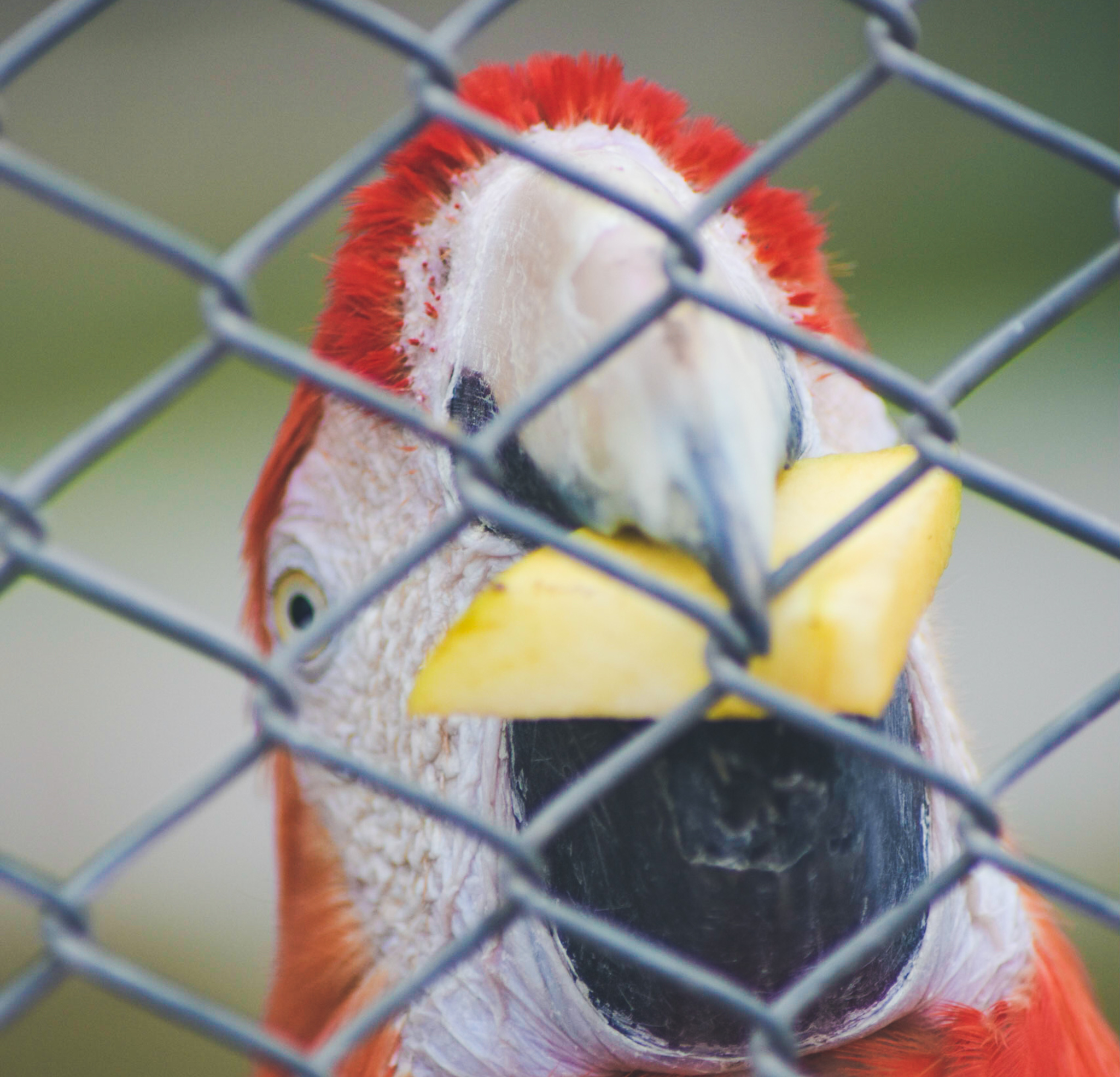Nearly everyone today remembers the nostalgic experience of visiting a local zoo. Some might even recall a recent one where they spent the day admiring numerous wild beasts held within cold metal cages and sturdy wooden fences. Most of us only view the aesthetic of the zoo as a place of entertainment, recreation or observational learning: a weekend spent amongst the beasts of the wild, away from the wild. However, how many of us have pondered upon what the animals held within must feel?
In a contrast, no one can imagine being indifferently ripped from your home and being shipped to auction houses and contractors in different corners of the world, supplying thousands of zoos to live fabricated lives, only so the public can have a passing stare at you. Amidst it all, you and most other animals in the enclosure only get looked at for less than ten seconds, with the zoo only acting as a backdrop for people’s preoccupation rather than a primary interest.
Contemporary zoos claim to be conservational institutions and an educational destinations but they have a tragic and dark side: one that is left unexplored as few are concerned about the welfare of the hundreds of animals that are mercilessly piled up inside cages and enclosures.
A Look at History – Where Did It Start?
For centuries, many rulers, kings and aristocrats had kept wild and exotic animals as part of their royal collection to demonstrate their power and strength. Whereas, the concept of the modern zoo was introduced and popularized much later in the early 19th century. These zoos, kept mostly for biological research, offered little in terms of conservation and were abhorrently cruel “live museums” with a similar procurement and exhibition procedure: as much exhibits in as little space possible.
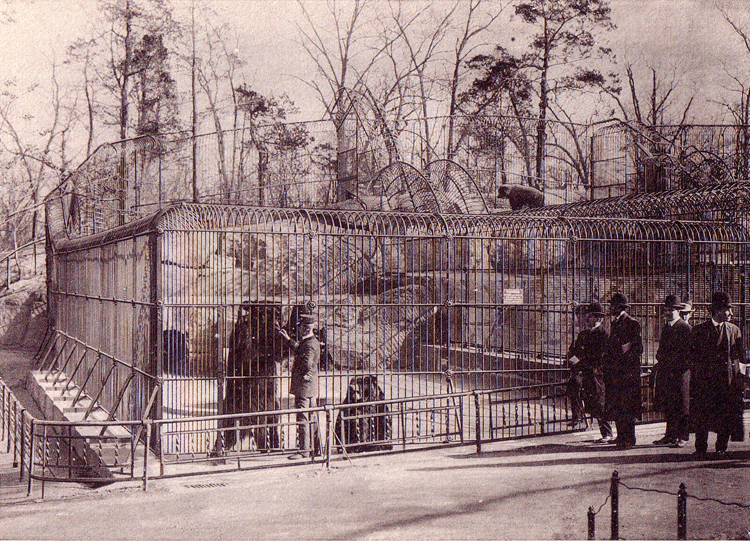
With time and industrialization, public interest and scientific study coincided to create purpose-built zoos that offered wider walking areas and larger cages so more people could witness the wild beasts, turning them into a viable option for commercialization as well. After all, who wouldn’t pay to see magnificent lions and rugged rhinos over their weekend?
Fueled by massive public interest and lucrative commercial benefits, zoos increased in numbers and enhanced their acquisition of animals while recreating their natural habitats with relatively less focus on their actual welfare. As a result, a plethora of urban and suburban zoos sprung up across the globe, bringing animals from all continents to a cramped lifestyle amidst their humans captors.
Conservation or Captivity? – Contemporary Zoos and a Tale of Indifference
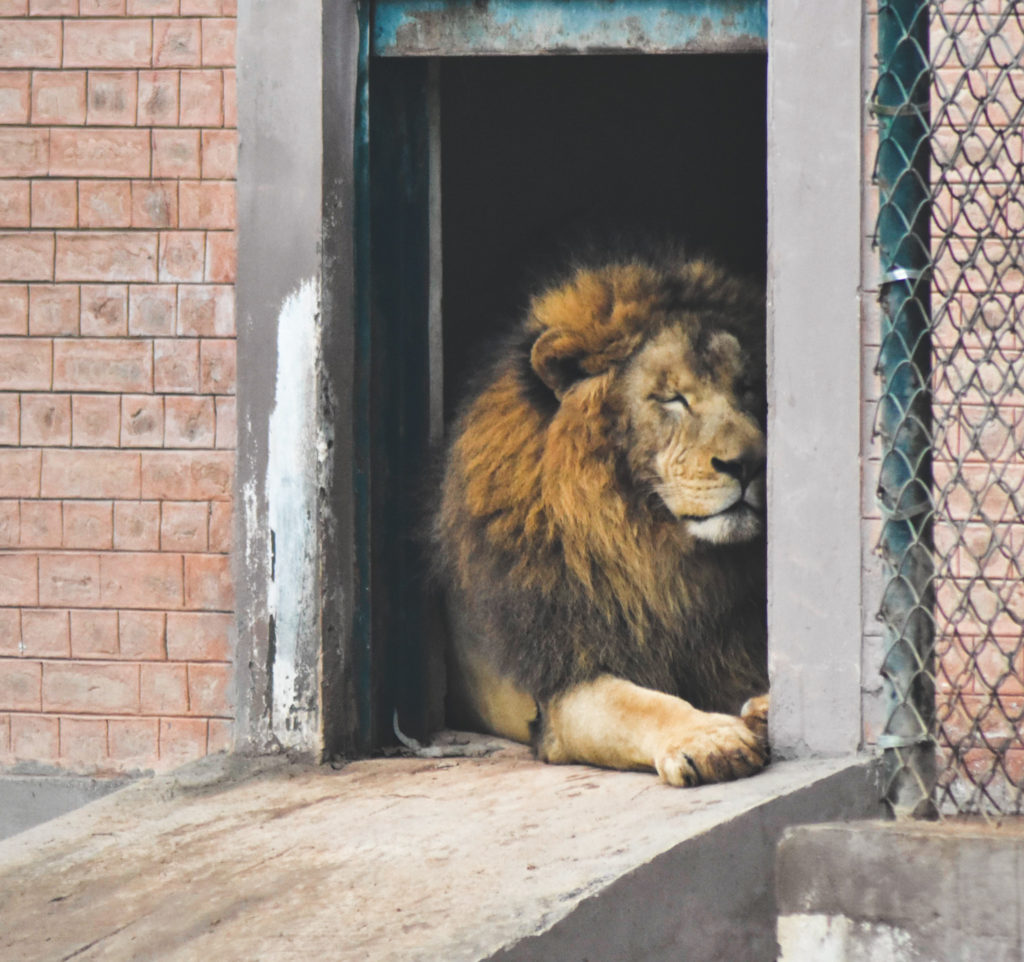
Amidst public pressure and an increasing call for sustainability and conservation, one expects that the modern-day zoo must be offering all the facilities that an animal could need away from his home, with some even arguing that zoos offer a better chance for certain animals to survive the grim cycle of an increasingly threatened wild life. But how many zoos actually live up to the standard?
While many zoos strive to replicate an animal’s natural habitat, experts like Marc Bekoff, an American biologist and ecologist, believe that a life of captivity in a zoo is only a shadow of an animal’s life in the wild, leading to numerous adverse physical and mental health outcomes that are seldom studied and almost never acknowledged.
For most animals that exhibit emotions, being removed from their habitat comes at the loss of social relationships and companionships as well. They are then forced to grow alone in dark and cold enclosures where they have practically nothing to do and nowhere to go. Imagine how you would feel if you were left like that for all your life!
In the case of urban or poorly developed zoos as the “death zoo” in Indonesia, there are far more threats to animal life and health as loose cables strangle lions and recurrent skin and internal infections make death just a tip of the iceberg. Unfortunately, a similar trend is seen across developed countries as well hundreds of animals lose their lives in a staggering death rate of 12% per year. Yet these statistics come only from a few hand-picked regions and zoos.
One is left to wonder, one of the strictest punishment reserved for criminals is life imprisonment, depriving them of social contact and limiting them to a few square meters of living space. Are the animals kept in zoos not being subjected to the same, all without a blemish of blame?
Is there a lack of laws and regulation or a lack of concern?
To understand the legal perspectives of zoos and their consistent story of mistreatment, it is far more important to understand the difference between animal welfarism and animal rights; both of which carry substantial impact in their outcomes and ultimate goals.
Animal welfare represents a belief that animals, by their unique relationship with humans, deserve just and humane treatment with humans sharing a duty to ensure their respect and due protection. On the other hand, animal rights, or non-human rights, demand that animals must be considered legal persons and not objects, things and property.
In the context of zoos, what we need is far more of welfare before we can move to rights. This is evident from the fact that even the zoos that fall under the protective ambit of World Association of Zoos and Aquariums suffer from similar instances of abuse and mistreatment. However, such an argument must never be in hinderance for the urgent need for non-human rights as well.
Struggling for Nonhuman Rights – The Story of Happy and Kavaan
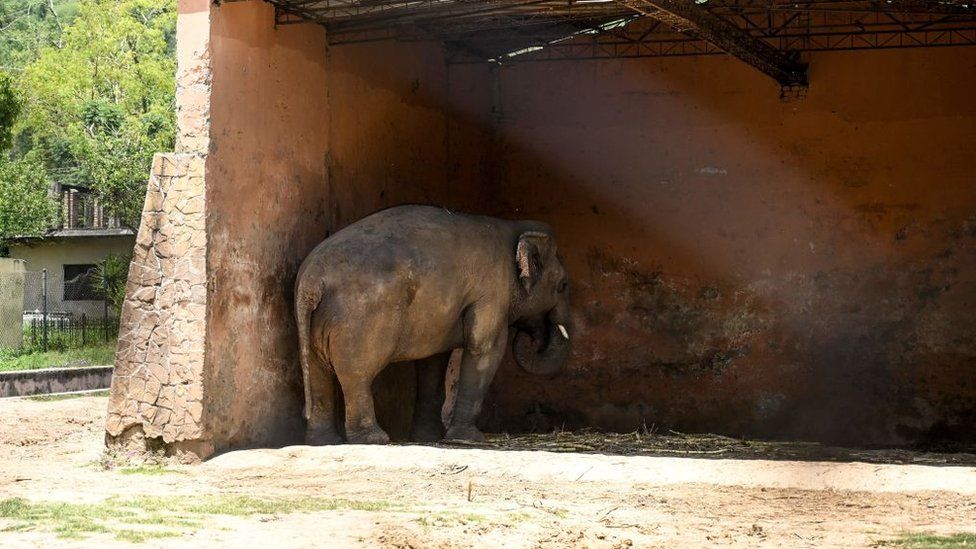
Recently, the story of Kavaan, the world’s loneliest elephant, became a harbinger of impactful animal rights jurisprudence as he was set free after decades of captivity in a zoo in Pakistan. Kavaan’s suffering, covered in detail by many animal rights agencies, spells a depressing tale that is synonymous in the lives of almost all zoo animals.
The story delivered an extraordinary legal precedent, recognizing the personhood and nonhuman rights of animals. The precedent, through its judicial decree in relocating Kavaan to a sanctuary in Cambodia, also hints at the necessity of regulation and intervention, both of which are lacking in the domain of animal rights worldwide.
Administration of justice and upholding of rights of animals must move beyond voluntary standards and be taken under strict regulation to be effective.
Mr. Owais Awan; attorney behind the Kavaan’s judgement
On the other end, Happy the Elephant’s cause made history when the New York Court of Appeals agreed to hear his habeas corpus case, requiring the elephant’s presence in the Court, the first of it’s kind. Without a doubt, animal rights jurisprudence is moving to a time where animals will be legal persons, if not humans, and have their voices heard.
From things to persons – What does the future hold for the animals in zoos?
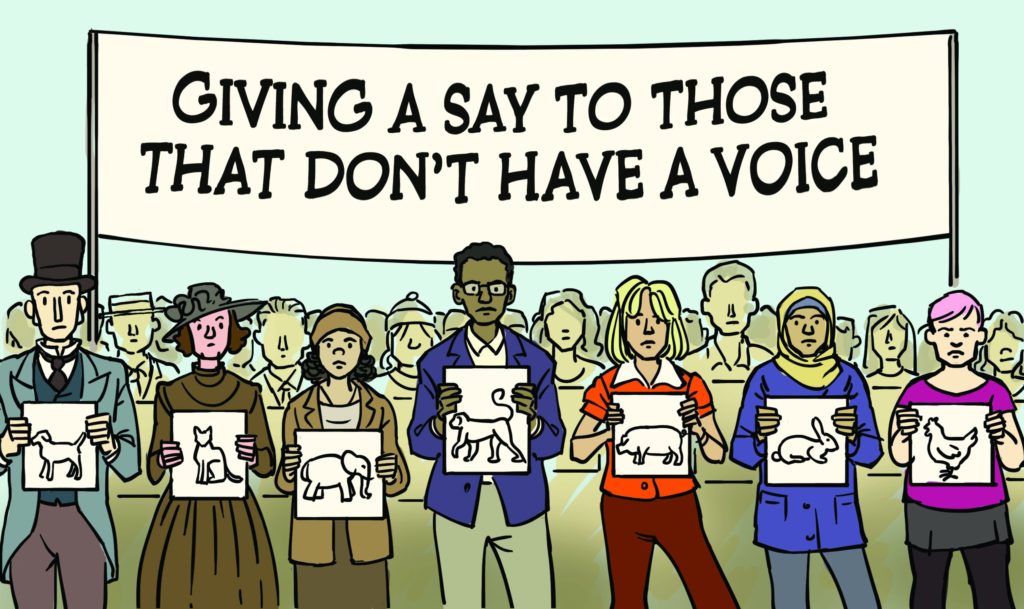
There is no simple and unilateral solution for reducing the mistreatment and failures of animal welfare all around the globe. The laws that currently exist are inadequate and require stricter implementation and regulation, leaving much to be desired. Unfortunately, this means that an increasing number of innocent beings will continue to serve undeserved lifetime sentences in zoos all over the world.
It is important for all relevant stakeholders to understand that there is a massive difference between domesticated and wild species: one has undergone thousands of years of behavioral change while the other has been broken apart to be tamed. Once this is understood, immediate constructive reforms must follow to radically change the zoo landscape as a whole.
As a first, bad and dangerous zoos everywhere must be shut down with extreme prejudice. Amidst this, all “good” zoos must also be held accountable for promoting sustainable animal welfare. In fact, they should be turned into sanctuaries with fewer captive animals and more populations of well preserved animals with their homes.
Secondly, legal jurisprudence must expand to involve animal rights, especially when it comes to unfair treatment and gross abuse. It is important to adopt the principle of compassionate conservation and abolish the zoo mentality.
Thirdly, the science of cognition and emotion must be used and considered for animals as well. Animals must do more than just eat, sleep and entertain visitors – they need to acknowledge their identities as wild and untamed beasts as well to remain healthy, dynamic and cognitively vibrant.
In a rapidly changing world, it is time for humans to accept the damage they have done to the lives of these animals. After all, if we hadn’t poached their numbers down or deprived them of their habitats, why would they end up in our zoos?
IVolunteer International is a 501(c)3 tech-nonprofit registered in the United States with operations worldwide. Using a location-based mobile application, we mobilize volunteers to take action in their local communities. Our vision is creating 7-billion volunteers. We are an internationally recognized nonprofit organization and is also a Civil Society Associated with the United Nations Department of Global Communications. Visit our profiles on Guidestar, Greatnonprofits, and FastForward.
